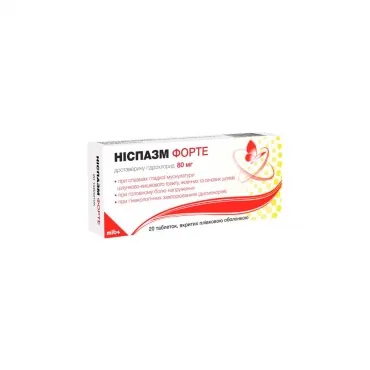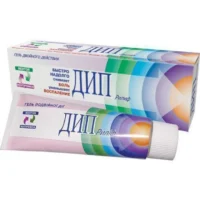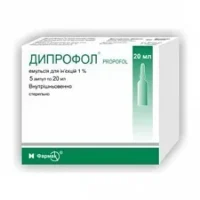Description
Nispazm Forte (Drotaverine) Coated Tablets 80 mg. №20
Ingredients
- Active ingredient: Drotaverine hydrochloride 80 mg per tablet.
Dosage
- Dosage: The usual dose for adults is 40-80 mg taken 2-3 times a day. The maximum daily dose should not exceed 240 mg.
Indications
- Indications: Nispazm Forte tablets are indicated for the treatment of smooth muscle spasms associated with conditions such as irritable bowel syndrome, biliary colic, and dysmenorrhea.
Contraindications
- Contraindications: Do not use Nispazm Forte if you are allergic to drotaverine or any other ingredients in the tablets. It is also contraindicated in patients with severe hepatic or renal impairment.
Directions
- Directions: Swallow the tablets whole with a glass of water. Do not crush or chew the tablets. Follow the dosage instructions provided by your healthcare provider.
Scientific Evidence
Pharmacological Effects: Drotaverine, the active ingredient in Nispazm Forte, is a smooth muscle relaxant that acts by inhibiting phosphodiesterase enzyme and calcium influx, leading to relaxation of the smooth muscles. This action helps in relieving spasms and associated pain.
Clinical Trials: Clinical studies have demonstrated the efficacy of drotaverine in the treatment of various smooth muscle spasms. A study published in the Journal of Gastroenterology and Hepatology showed that drotaverine was effective in reducing the frequency and intensity of abdominal pain in patients with irritable bowel syndrome.
Additional Information
- Nispazm Forte tablets are generally well-tolerated, but some common side effects may include dizziness, dry mouth, and gastrointestinal disturbances.
- It is important to consult a healthcare professional before starting this medication, especially if you have any underlying medical conditions or are taking other medications.
- It is essential to store Nispazm Forte tablets in a cool, dry place away from direct sunlight and out of reach of children. If you experience any severe or persistent side effects while taking this medication, seek medical attention immediately.





